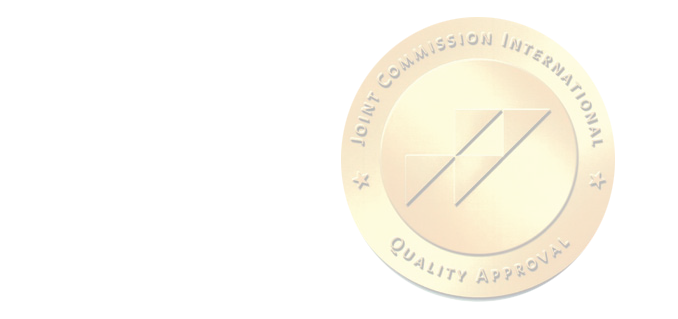Vaccination against tick-borne encephalitis
Tick-borne encephalitis (encephalitis of the spring-summer type, taiga encephalitis) is a viral natural focal infection transmitted by ticks, occurring with fever, intoxication, damage to the nervous system, sometimes taking a chronic course.

In nature, the major carrier of TBE virus are ikso dovye mites, whose natural habitat is the entire forest and steppe temperate zone of the Eurasian continent. For tick-borne encephalitis LTL characterized by severe spring and summer, due to seasonal asset Nosta carriers. Human infection with the tick-borne encephalitis virus occurs during the suction of encephalitis ticks. Transmission of the virus glue schevogo encephalitis is also possible through the gastrointestinal tract when receiving sy cerned milk goats infected with tick-borne encephalitis.
Depending on the production of the vaccine (domestic or imported), immunization may consist of:
- from 2 courses of intramuscular injections, 1 dose at intervals of 7 months. Vaccination course (2 instilling s) can be carried out throughout the year, including during the summer period (epidse zones), but no later than 2 weeks prior to the visit focus of tick-borne encephalitis.
The most optimal is the interval between the 1st and 2nd vaccinations of 5-7 months. (autumn-spring). Revaccination is carried out 1-fold in 1 year after completion of the vaccination course. Subsequent remote revaccinations are performed once every 3 years.
- or from 3 stages:
1st vaccination - on the 1st day
2nd vaccination - after 1-3 months.
3rd vaccination - after 9-12 months. after the 2nd vaccination.
Usually, the vaccine is prescribed for children 12 months and older. During the first year of life vaccination should be carried out in exceptional cases, the risk for expressions tick-borne encephalitis virus.
Revaccination - 1 injection of vaccine is needed every 3 years after of Latter-vaccination.
After administration of vaccines, both domestic and imported, in some instances, s can develop local and general reactions. Local reactions are expressed as redness, swelling, pain at the injection site, the development of infiltration that. A slight increase in regional lymph nodes is possible. Prolonged Nosta local reactions do not exceed 3 days. General reactions can develop in the first 2 days after vaccination and are expressed in a rise in temperature, headache, malaise, their duration does not exceed 48 hours. After the second vaccination fever is very rare, it can occur SHORT- naya rash accompanied by itching (very rare).
Dear summer residents, hunters, fishermen, and everything, everything, everything! Remember, the disease is easier to prevent (vaccinate against tick-borne encephalitis) than to treat it.
Currently, international experts and most governments view vaccine prevention as the most affordable and cost-effective way to protect and promote the health of the nation.
Doctors







